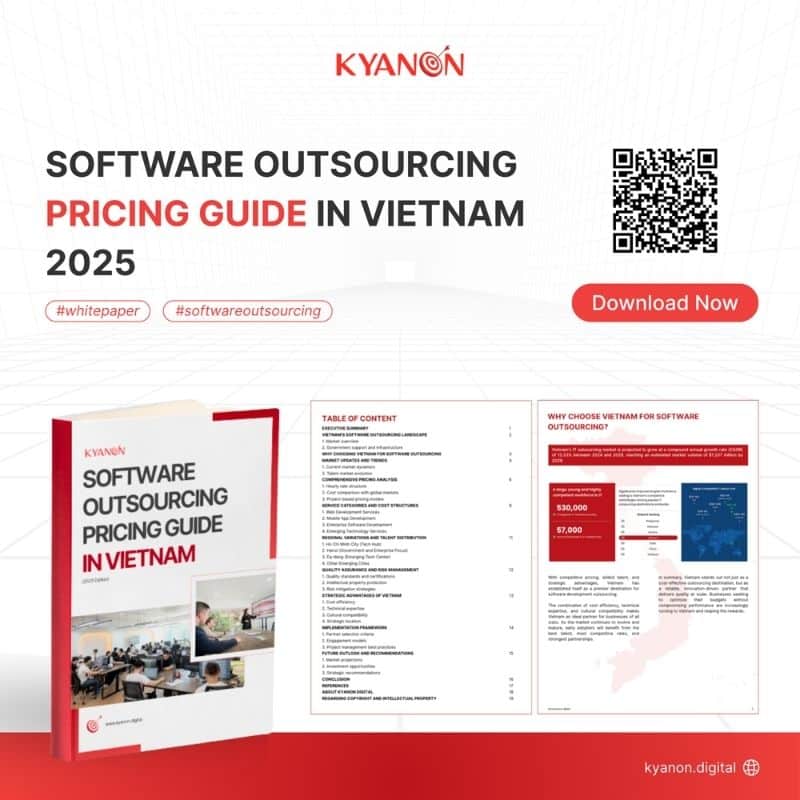In this digital era today, you can not go far without understanding the term “big data”. It has absolutely become one of the most valuable, innovative and useful technological offerings for the world. As you might know, Amazon is one of the best examples of using big data to transform the e-commerce marketplaces in order to be the top ahead of the curve. Big data has been driving them to big success in the e-commerce century.
Big data is absolutely a game-changer. And this article will show you how it enables e-commerce businesses to improve decision making, gain a competitive advantage, enhance their performance, products, and operational processes. Furthermore, it also allows customer behavior analysis and prompts the discovery of actionable insights; thereby helping to build personalized experience which is the most important competitive advantage of businesses in order to win in the e-commerce marketplaces.
1. What is Big Data and How Can It Benefit Your Business?
Big data is a large collection of data that businesses can use to make better decisions. And an e-commerce company will benefit the most from using big data, because of all the information they collect through day-to-day operations. Big data includes 2 types of valuable information, structured and unstructured. The structured data is the regular information which includes name and address. And unstructured data is collected from sites like social media and includes likes, tweets, clicks and videos.
2. Here are the benefits that Big Data offers your business
2.1. Making better and more strategic business decisions

With the help of big data, e-commerce businesses will be able to make more strategic and accurate managing decisions. In fact, about 50% of the structured data collected from the internet of things (IoT) is already used in decision-making. The same analytical tools that help marketers better understand their customers can be applied to improve decision-making.
E-commerce executives can leverage big data and analytics to make more informed and strategic decisions. For instance, e-commerce executives will be able to use the budget effectively for their campaigns when they know which customers have the highest long-term and spend more money acquiring, targeting, and later retaining these customers. Doing this way, the budgeting decision is strategic and clever as it’s based on the real-time analytics enabled by big data resources.
2.2. Gaining a competitive advantage by understanding your customers better

During the times when e-commerce businesses must strongly understand customer behavior to develop, it’s topmost important to adopt big data resources and analysis. Big data technologies provide enormous means to research and analyze customer behavior, demands, and experiences.
Businesses can use data analysis to identify and foresee which offerings will better suit customer needs in the future. A better understanding of customer needs and expectations will also increase customer satisfaction and retention, thereby helping more e-commerce businesses develop.
Big data permits you to enhance your marketing strategy by analyzing search results trends. You will see which results are trending and craft your marketing and SEO plan accordingly. Additionally, this will assist you better understand customer behavior as you can analyze which search results are popular among your customers.
2.3. Improving operational process

Big data resources have the potential to enhance operational processes and efficiency. Operational processes can benefit from algorithms analyzing customer behavior and their shopping data. Also, big data enables the implementation of predictive analytics. For instance, companies can use predictive analytics to calculate the medium checkout wait time. Later, this data can be applied to improve customer experiences and, as a result, get a more suitable checkout wait time.
Most importantly, while we may be in the Age of Big Data, we also are in the Age of the Customer. And, today’s customers are demanding that companies meet their expectations for service and experience. The simple truth is that companies that improve and personalize their customer experience will win the game.
Transform your ideas into reality with our services. Get started today!
Our team will contact you within 24 hours.
3. How to Personalize the Customer Experience With the Help of Big Data
Big data allows big personalization. By monitoring user information, like browsing requests and preferences, e-commerce professionals can drive marketing campaigns around each customers’ needs. Doing this way, businesses can provide more personalized experiences and focus on per-customer profitability.
With big data, companies can combine all the insights about customers and prospects with other data sources like social media, location, and transaction data. The intersection of all of this data is where the true customer insights lie, and where organizations are able to determine the next move with content to enhance and ultimately personalize customers’ experiences with the companies.
4. Strategies to personalize the customer experience with Big Data include
4.1. Do data science with empathy and creativity

Finding the deeper human stories within the tons of data – the need and emotion of this moment – has never been more essential for you or your customers.
Now is the time to recognize that trust and invest in it by meeting and going beyond customer expectations – doing meaningful work in the society as well as rewarding their trust on an individual level. Showing that you treat them as an individual rather than a nameless, faceless data point among a collective customer segment. Understand what they expect from you and keep interacting in a personalized way.
4.2. Make it personal – as in: a conversation – as in: human

Your customers share their thoughts, feelings, likes, dislikes, and what they did last weekend as data. And they know when you’re not caring. When you just keep sending general or irrelevant emails and other marketing content without seeming to be aware of who they are or what they want personally.
Use your data to understand your customer. Pay attention to what they would like to tell you through the data. Keep updating your messaging and offers accordingly, and keep adjusting, because your customers are going to constantly change. If your customer changes the subject, keep up and do not go on talking about something else. See them with the right message at the right time on the right channel.
4.3. Create and deliver the data-driven personalized content your customer want and expect – more than just “You might also like_”

Moving to a post-COVID period, community and the sense of connection are likely to remain highly important. This will include customer relationships. Change your scope so your content is more than just “you might also like” recommendations that may not be engaging, or interesting, or even relevant. With a good platform and predictive analysis, your data can be much more useful, especially when it comes to considering what might interest your customers today and tomorrow.
Those businesses who have made the right changes to be helpful and be a light for customers going through an incredibly difficult time will have taken customer trust and loyalty to levels rarely seen except by the oldest and strongest brands.
4.4. Personalize your omnichannel content strategy

Be there whenever your customers need you and are ready to be involved. Optimize your omnichannel strategy and deliver the right personalized content at the right time, through the right channel, with the right offer or the right message – and be there, easily available and ready to help. You’ll be ahead of the businesses that have openly begun the journey to making data-driven personalized content a reality for their brand and their customers.
In conclusion, big data is a very helpful tool for the competitive e-commerce business century. It absolutely seems valuable, innovative, useful – however; it’s just a bunch of numbers after all, if you do not know how to analyze and use it in a smart way to create a more relevant experience and achieve a higher level of your customer satisfaction.
4.5. Connection. Insight. Trust.
As the world moves into a post-COVID era, the importance of community and meaningful connection remains central, especially in how businesses engage with their customers. Transactional interactions like generic “you might also like” suggestions no longer suffice—consumers now expect relevance, empathy, and anticipation of their evolving needs. By leveraging a robust platform with predictive analytics, companies can transform raw data into insightful, personalized experiences that speak to what customers care about today and may value tomorrow.
Brands that supported their audiences with authenticity and purpose during challenging times have earned a level of trust and loyalty typically reserved for long-established market leaders. This deeper relationship-building mindset also applies beyond commerce—for individuals navigating personal wellness, understanding topics like how Vidalista works for improved sexual performance can be part of regaining confidence and intimacy, not through quick fixes, but through informed, thoughtful choices that align with overall well-being.
Contact Kyanon Digital for more detail and assistance to know the way to use your data wisely and effectively in order to win your customer expectations.

















